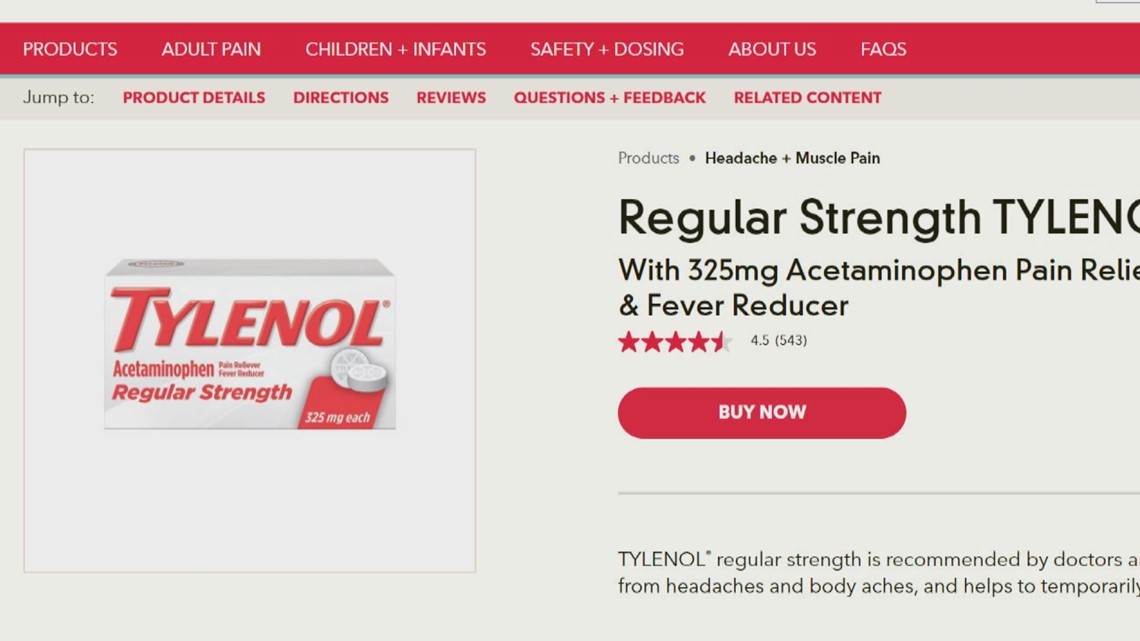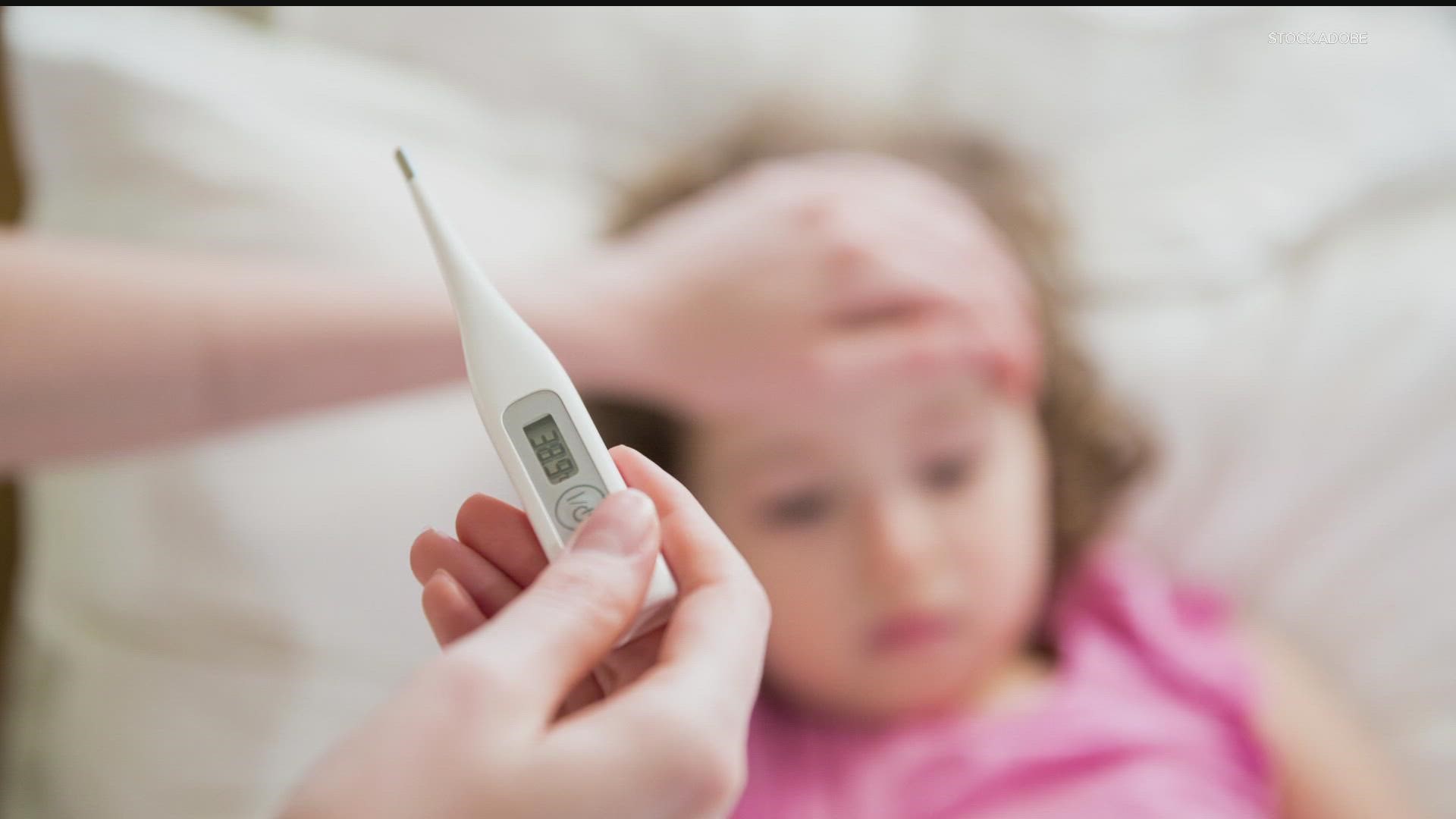MINNEAPOLIS — If you don't personally know someone who has a sick child right now, a walk to the children's medicine section of your local pharmacy will likely indicate how widespread illness is at the moment.
"Oh, man. It is really tough out there," said Dr. Gigi Chawla, Chief of General Pediatrics at Children's Minnesota. "We're seeing a lot of respiratory concerns like RSV, influenza."
It didn't surprise Dr. Chawla that medications like Children's Tylenol, the brand name version of the drug acetaminophen, are in short supply.
Johnson & Johnson, the company which makes Tylenol, said in a statement to KARE 11:
“We are experiencing high consumer demand and are doing everything we can to make sure people have access to the products they need. Some products may be less readily available due to this increased demand but we are not experiencing an overall shortage of Children’s TYLENOL® in the United States. We will continue to work with our retailers to provide Children’s TYLENOL® throughout the Cold & Flu Season.”
So what can you do if you can't find children's acetaminophen? Here are some tips from Dr. Chawla. However, she first advises caregivers to reach out to their pediatrician or nurse triage line before trying any of this, as every child has different medical needs and limitations.
1. Try the infant version
Dr. Chawla says if the infant version is available, you can do that. The most important thing is to look at the label on the bottle and match your child's weight with the correct dosage.
"I pay less attention to how it's advertised, whether it's infant, or child, or kid. I think lots of different manufacturers may label that differently," she said. "What you're looking for is milligrams and put your child's weight on the table that's on the bottle."
2. Use adult Tylenol, if your child is 50 pounds or heavier
Definitely call your child's clinic before doing this. However, Dr. Chawla says it is an option if your child weighs 50 pounds or more. But the medicine must be regular strength Tylenol.
"Not extended release, not gel coated, not gel caps, not anything that's got a color coating around it, but the plain old 325-milligram tablets," she said. "One tablet (325 milligrams), under the guidance of triage, could be crushed and given to a child who weighs 50 pounds or greater."
She recommends mixing it in pudding or something sweet so it goes down easier.


3. Evaluate whether or not your child needs a drug
Dr. Chawla reminds us that a fever is your body's way of fighting off illness. Not every child who has a fever may be in need of medicine.
"We want kids to feel great and we want to bring that fever down really quickly, but sometimes a little bit of a fever is an okay thing in helping your immune system figure out how to effectively treat your illness well," she said.
Dr. Chawla gave an example of a child with a 102-degree fever still actively playing and running around, while a child with a lesser fever may be acting very sick.
"It's much more about how your child is doing rather than the actual [temperature]," she said.

